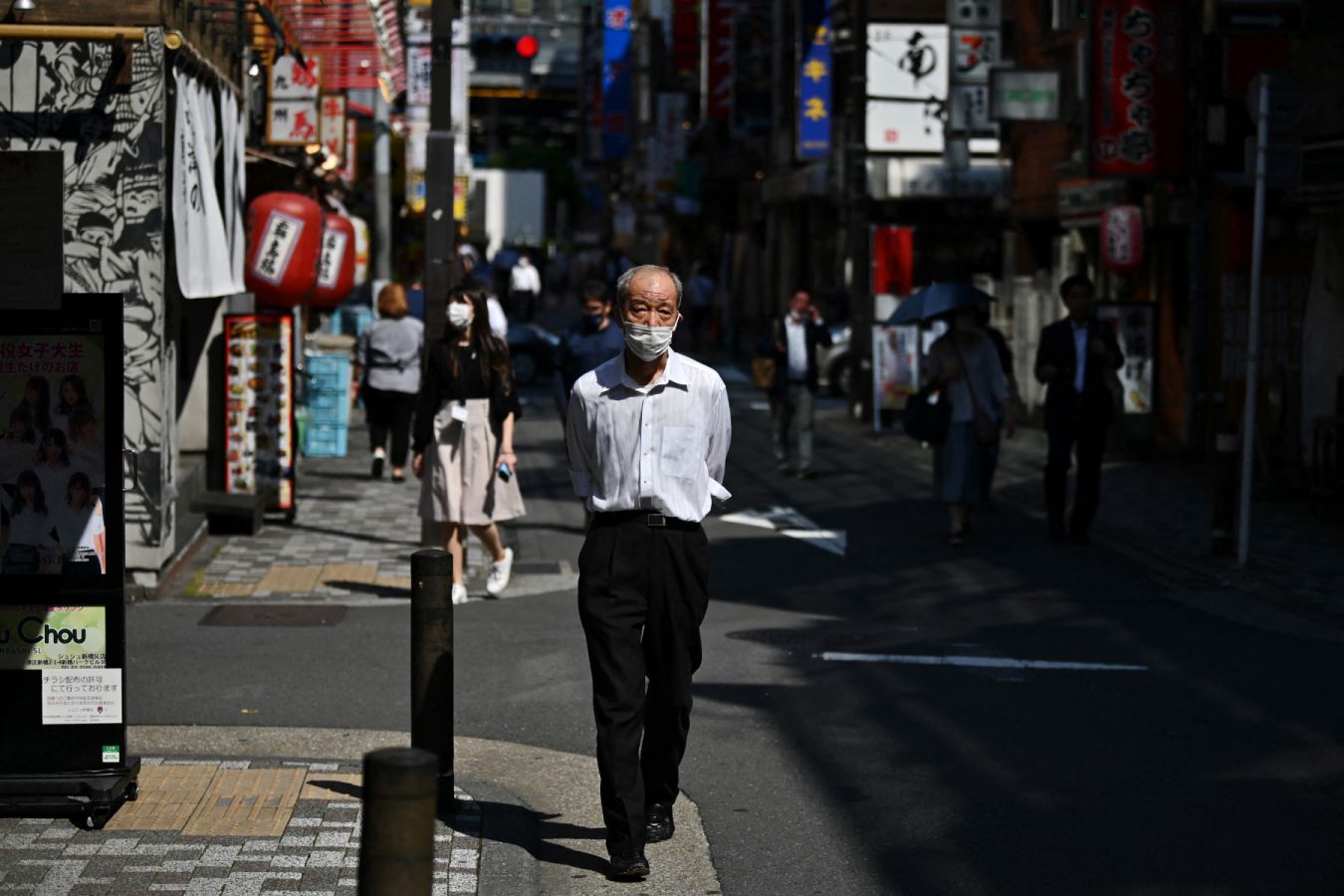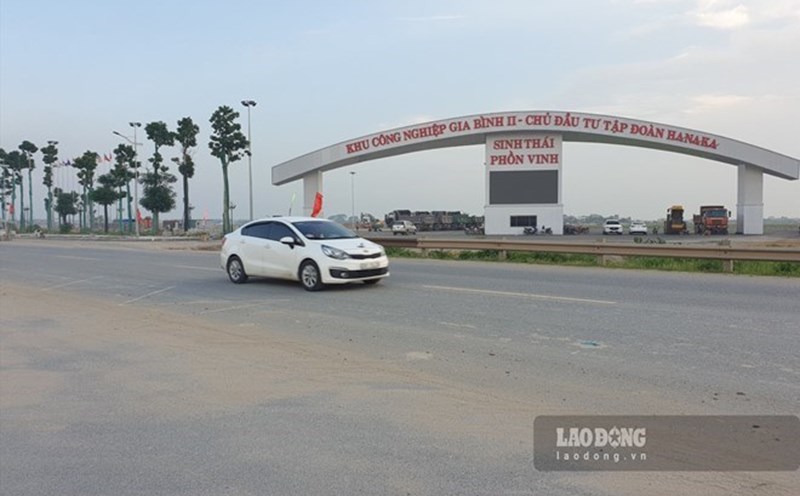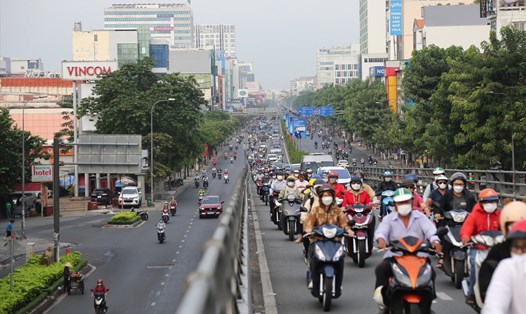“Not fun at all”
All Mr. Yoshihito Oonami in Japan wants is to retire and give his aging body a rest. However, every morning, at 1:30 a.m., the 73-year-old man wakes up and drives an hour to the fresh produce market in Tokyo Bay. “As long as my body allows, I need to continue working," Mr. Oonami said. Working at the age of over 70 "is not fun at all, but I have to do it to survive," he added.
Across East Asia, as populations decline, more and more workers of Mr. Oonami's age continue to work. Businesses really need them and older workers also need jobs, according to the New York Times.
Demographers have long warned of a demographic "ticking time bomb" looming over rich countries. However, East Asia is already starting to feel the effects. Japan is not the only country in East Asia where the elderly feel they have no choice but to continue working. In Korea, with the poverty rate among the elderly reaching nearly 40%, the rate is similar among those 65 years of age and older who are still working. In Hong Kong (China), 1 out of every 8 elderly people is still working. This rate in Japan is more than 1/4, higher than 18% in the US.
Old when not rich
At the end of 2023, The Economist has an article stating that poor countries in Asia are facing an aging crisis. This newspaper points out that, from 2002 to 2021, the proportion of Thailand's population aged 65 and over has increased from 7% to 14% - a threshold widely used to determine a society starting to transition from "severe". getting old" to "getting old". A similar transition in Japan took 24 years, in the US it took 72 years, and in France it took 115 years.
And unlike the above countries, Thailand gets older before getting richer. Thailand's GDP per capita in 2021 is 7,000 USD. When Japan's population reached the same threshold as Thailand's in 1994, its income in USD was nearly five times higher.
What Thailand is facing highlights a trend with huge economic and social impact. Even countries with a longer aging process, such as Indonesia (26 years) and the Philippines (37 years), will have much lower average incomes.
Southeast Asia is forecast to become an aging region by 2042. South Asia will not enter this group for a decade after that, but there are clear disparities between regions. Sri Lanka, where average income is about a third lower than Thailand, is predicted to become an aging society by 2028. In some parts of India - the world's most populous country - number identified as aging. For example, the southern state of Kerala has 17% of its population aged 60 and over.
It is forecasted that in the expected increase in the elderly population in poor countries by 2050, Asia accounts for 70%. Grandfather
Donghyun Park - economic advisor at the Asian Development Bank (ADB) - warned that countries with aging populations before getting rich are a threat to Asia's rise. The biggest drag is in the labor market. As countries age, the workforce shrinks. In Thailand, the working-age population is expected to decline by one-fifth by 2055.

Welcoming the silver economy
Korean media said that about 24.5% of Koreans aged 70 and older were still working as of January 2024. Of these workers, half are aged 75 years or older, 42.1% are considered "simple workers" by the authorities, meaning they do unskilled jobs that only require a few hours of training. hour. About 30% of these are working in agriculture, fishery and forestry, 22.8% are working in social and service sectors.
South Korea is predicted to become the world's oldest country by 2044, and in 2023, the number of people in their 70s will exceed the number of people in their 20s for the first time. Korean officials are trying to solve the problem. the country's aging population problem, including efforts to encourage employment for young people as well as the elderly and increase the birth rate. To convince young couples, the Korean government is even considering exempting men with 3 or more children from military service.
An aging population has wide-ranging impacts, including increased health care and welfare costs. South Korea's retirement age is 60, increased in 2017 from 58 years old. Currently, domestic unions are calling on businesses to continue increasing the retirement age so that workers can earn income for a few more years.
The fact that Korean officials welcome older workers and see this as a solution to the labor shortage caused by demographic change is also something that some economies in Asia are aiming for.
In Japan, which is facing an even bigger demographic crisis, one in 10 people are 80 or older, making it a country with a high proportion of elderly people. best of the world. People aged 65 and over will make up 13.6% of Japan's workforce in 2022.
China, considered a “super-aged society” by the World Bank, is also seeking to attract more elderly people to work. People over 60 years old make up about 20% of China's population and 8.8% of the workforce. While Chinese state media urges retirees to return to the labor market, discussions about raising the country's mandatory retirement age are also taking place. In early 2024, Beijing announced a silver economic plan with the potential to reorient the economy towards a growing elderly population, including investing in products and services for the elderly.
In Singapore, which is expected to have a "super-aged" population by 2026, officials are considering further incentives to attract more seniors into the workforce. age and older returning to the labor force has increased steadily over the past decade, reaching 31% by 2022.











